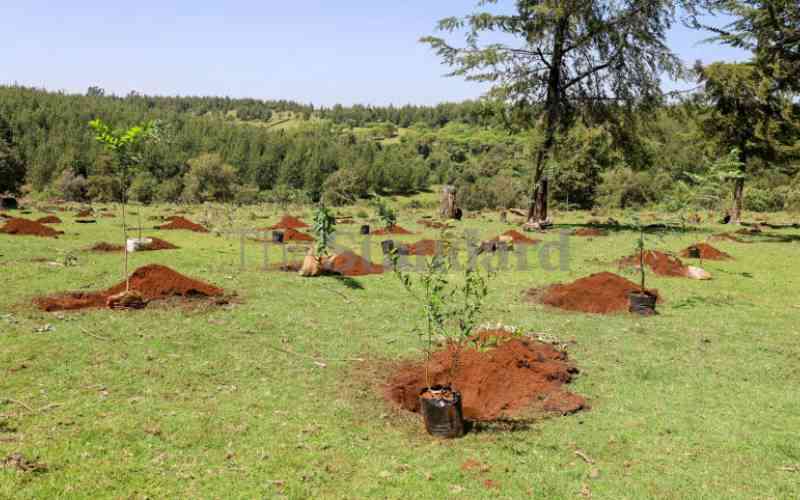×
The Standard e-Paper
Kenya's Bold Newspaper

The world has put emphasis on global warming as its ravaging effects become evident by the day. Weather patterns are becoming difficult to predict occasioned by destructive floods and prolonged droughts.
The Earth is becoming warmer and the sea is rising. Governments and private entities have shown the will to combat global warming but more than often the set targets are not met, pointing to gaps in the green initiatives implemented.